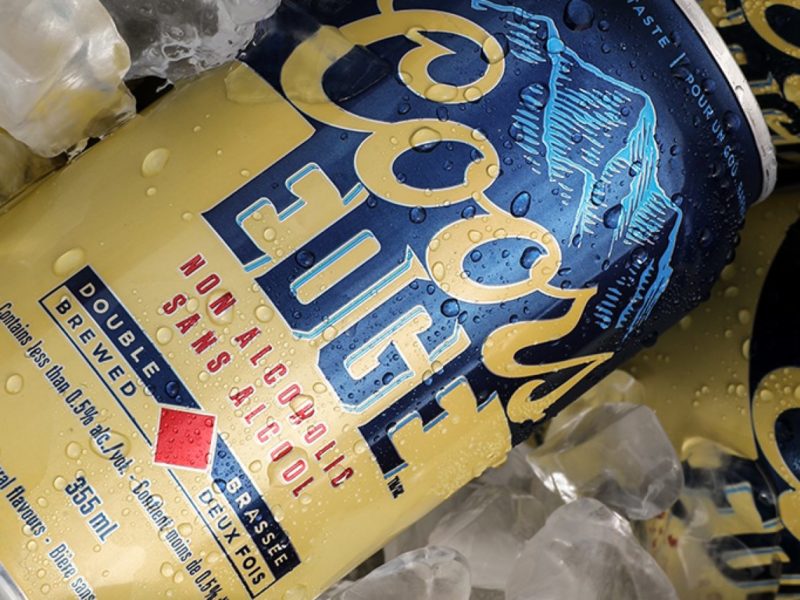A niche category that was once the very definition of “tastes terrible” is growing thanks to creative brewers and curious, health-conscious consumers
Halfway through 2020, the latest IRI data shows that beer sales are looking as healthy as ever in the off-premise, with nearly all top, nationally trusted brands growing. But, while most beer pundits focus on the amount of traditional beer, wine and spirits sold, another segment has been quietly gaining ground: non-alcoholic beer. NA beer is projected to grow an impressive 32.5% in 2020, after an incredible surge of over 70% growth in 2019.
What was once a small, niche category has since exploded, with gains credited to brewers creating new NA beers with more taste. “You can have the amazing taste experience of an IPA, but it doesn’t have the alcohol in it,” Total Wine’s Jonathan Bennet told Bloomberg Businessweek.
When Heineken 0.0 was released during the summer of 2019, consumers were astonished at how much it tasted like, well, like a beer! Larry Olmsted of Forbes remarked, “When I tried Heineken 0.0 alongside the famous original beer in a blind tasting, I could not tell them apart, which meant it tasted great.”
Heineken was inspired to create its 0.0 for beer lovers who wanted to take their favorite drink anywhere: enjoy it in the car, on a walk through the neighborhood, or even with breakfast.

Of course, consumer interest in healthier beverage options stoked brewers’ creativity, which resulted in a rise in great NA beer options. Non-alc beers like Coors Edge are becoming the choice of mainstream beer drinkers looking for a healthy yet flavorful beer option. NA beers are even a “healthier alternative to sodas, which are full of either processed sugar or chemical sweeteners,” says Olmsted.
Admittedly, the NA market is relatively small, currently sitting at a 2% share of the overall beer market. But hard seltzers were in a similar position just three years ago, and we’ve all seen how explosive that category has been. It’s no wonder that Bennet of Total Wine has reportedly doubled the shelf space allocated to NA beers.
NA brands are getting consumer attention due to the renewed interest in the category. Kaliber, an alcohol-free pale lager from Guinness, which has been in the market since 1986, has a dedicated following of health-conscious beer lovers.
As for Heineken 0.0, since its rollout stateside and abroad (the NA beer market in Europe is enormous, perhaps offering a peek at what’s to come in America), sales have surpassed expectations.
There’s a long-standing stigma that nonalcoholic beer is terrible. But great taste alone gives consumers a reason to give these beers a try. Naturally, smart retailers see the NA beer segment for what it is: a potentially explosive category in a beer landscape that is evolving by the day.







